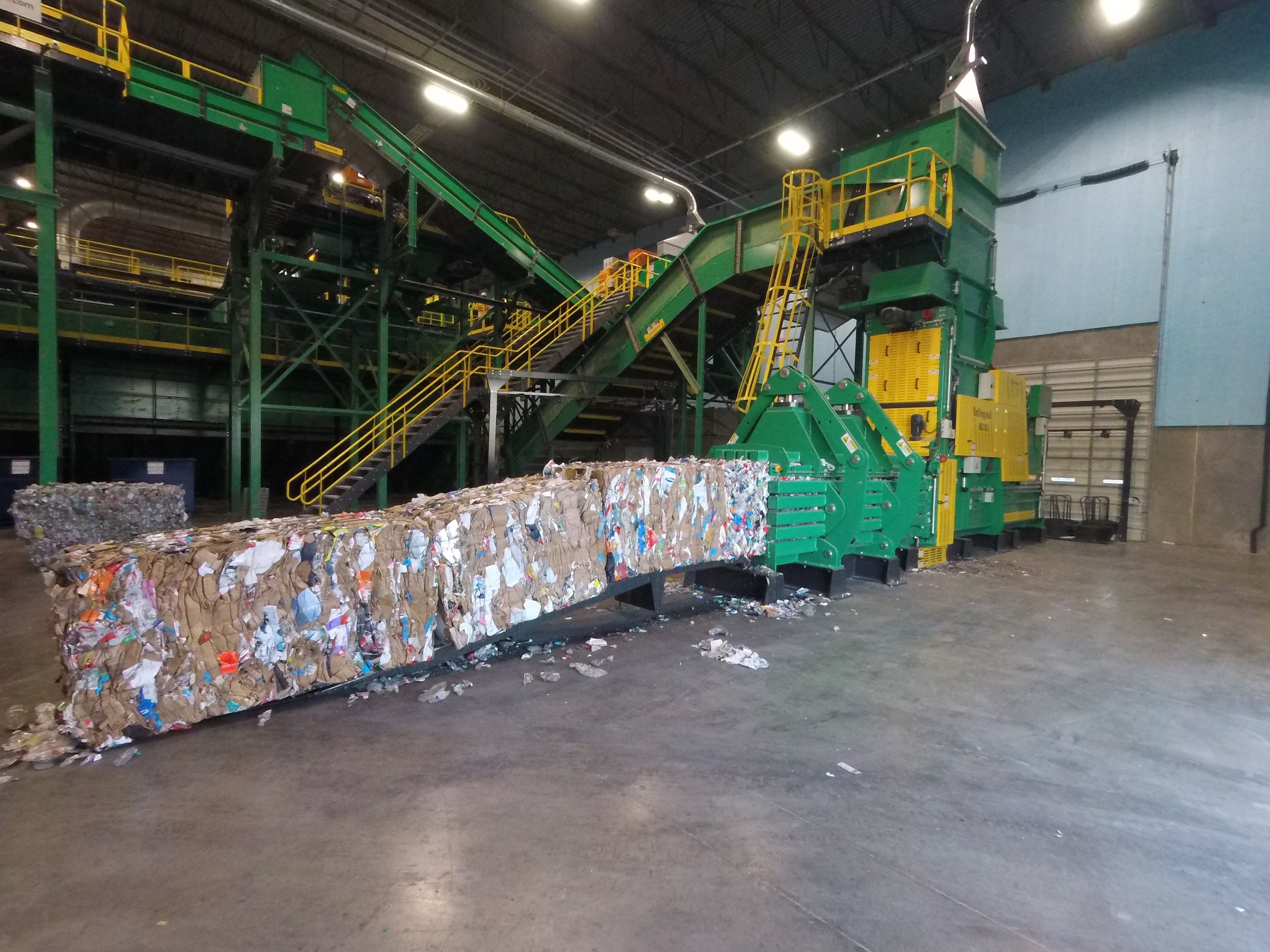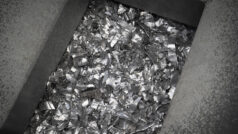The newly opened materials recovery facility is employing a host of sorting technologies to curbside materials from households. The state-of-the-art installation is capable of sorting 35 tons of Single Stream material tons per hour.
The system was designed by Bollegraaf Recycling Solutions to bring Dallas closer to its goal of zero-waste by the year 2040. It successfully processed over 1,000 tons of material in its rst two weeks and passed its required acceptance test for the city of Dallas prior to the contract start date of January 1st, 2017.
The facility contains cutting-edge technology provided by Bollegraaf Recycling Solutions. A series of Lubo StarScreens separates OCC, glass, fiber and containers. The series features Lubo’s newest offering, the Anti-Wrapping ONP Screen, the widest screen in the industry at 4,40 meter, with 440 stars. The stars incur virtually no wrapping, even after hours of operation. Cleaning and maintenance time is reduced to less than 10% of that of traditional starscreens.
A total of four Tomra Autosort 4 optical sorters recover any remaining fiber and separate all plastics. An overbelt magnet and Eddy Current recover ferrous and aluminum cans, respectively. And a glass cleanup system (Walair) creates four fractions of clean, sellable glass. The system is capped off by a Bollegraaf HBC-120S baler that is capable of baling all commodities accepted at the facility.
As well as being quieter and more efficient, the new balers and their installation have also been designed to be as safe as possible and to meet the safety requirements. Other innovative upgrades that have been incorporated in the HBC-120S are the self-learning channel pressure, which is self- regulating control, which adapts to the material being baled in the channel, and can increase the bale weight by 10 to 20%. The single needle system (5×1) leaves less room for residue to accumulate during the knotting process, reducing the downtime and hence an important cost reduction. Since the needle system is vertical, the Bollegraaf baler produces stable bales and has a reduced risk of wire breakage. Whether using steel wire, PP twine or PET, the Bollegraaf Baler is highly suitable to bale even the most dif cult waste streams.








